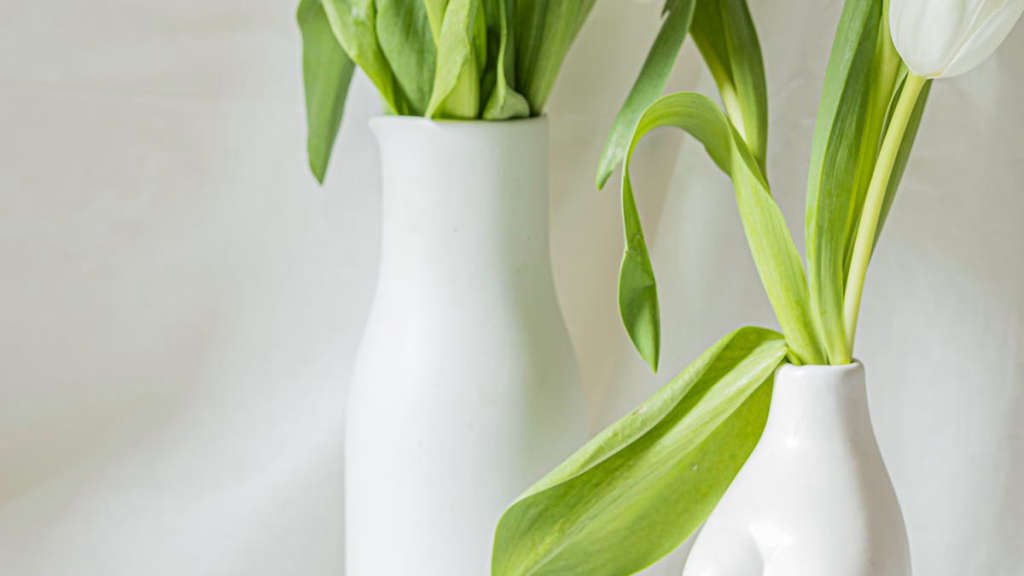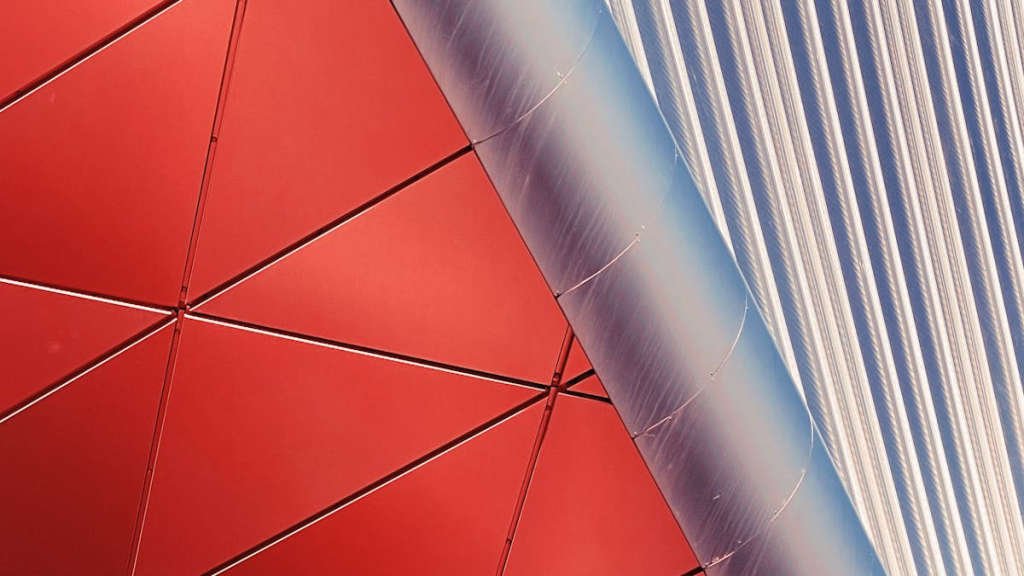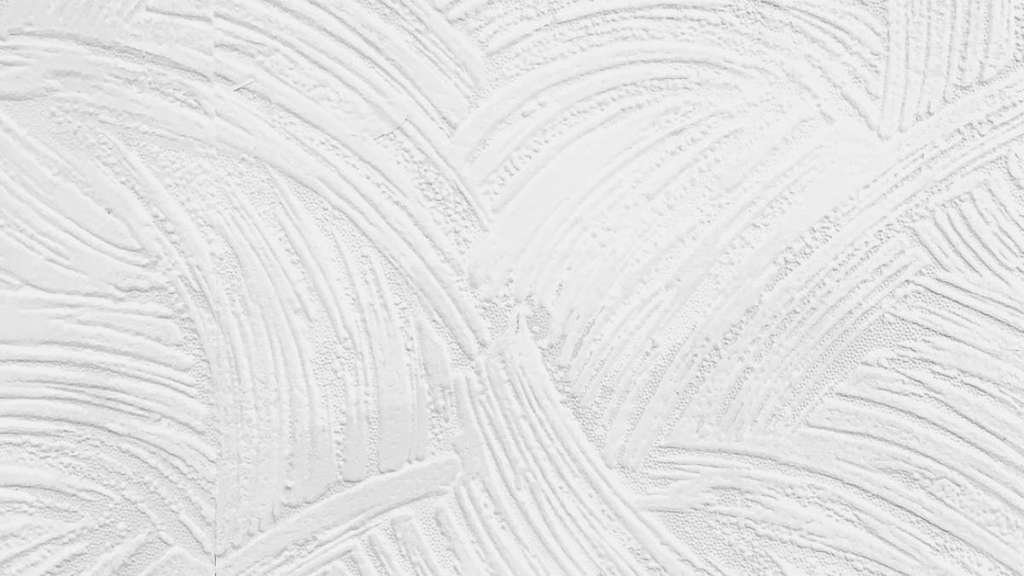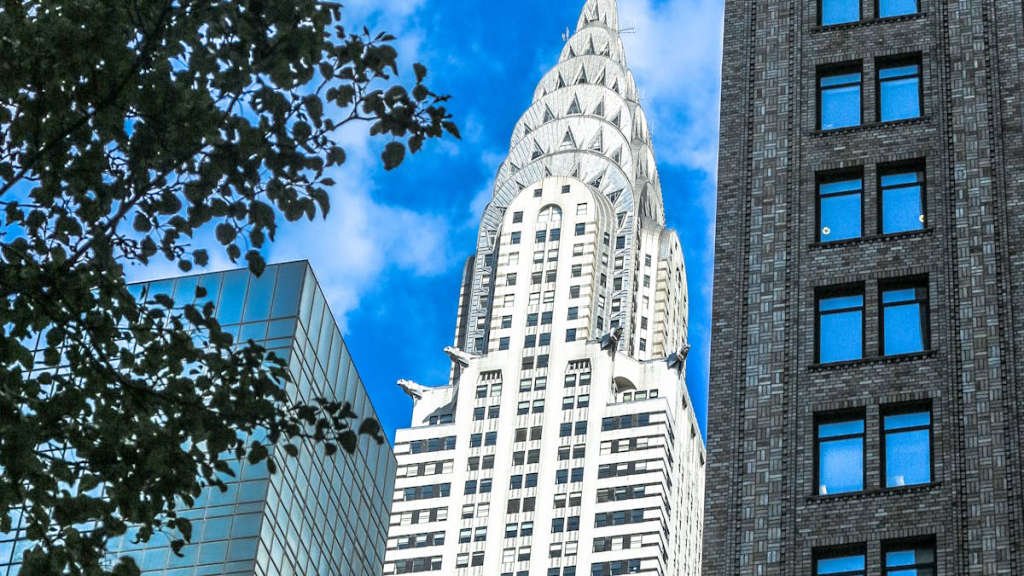
Art Deco patterns have a timeless elegance that continues to captivate us today. From the geometric shapes to the bold colors, these patterns exude a sense of sophistication and luxury that never goes out of style. Whether seen in architecture, fashion, or interior design, Art Deco patterns add a touch of glamour and refinement to any space.
Main Points
- Art Deco patterns are known for their geometric shapes and bold colors.
- These patterns can be seen in Art Deco architecture design, Modern Art Deco buildings, and Historic Art Deco landmarks.
- Art Deco patterns bring a sense of sophistication and luxury to any space they adorn.

Exploring the Origins of Art Deco Design
Art Deco design is a style that emerged in the early 20th century, characterized by its sleek geometric shapes, bright colors, and luxurious materials. It was influenced by a variety of artistic movements and historical events, shaping the way we view architecture and design today.
Key Elements of Art Deco Design
Art Deco design is known for its bold geometric shapes and lavish ornamentation. Some key elements of Art Deco design include:
- Art Deco architecture design: Art Deco architecture is characterized by its use of geometric shapes, symmetrical patterns, and ornate decoration.
- Modern Art Deco buildings: Many modern buildings still draw inspiration from Art Deco design, incorporating elements such as stepped forms and sleek materials.
- Historic Art Deco landmarks: There are many historic landmarks around the world that showcase the beauty and elegance of Art Deco design, such as the Chrysler Building in New York City.
By exploring the origins of Art Deco design, we can gain a deeper understanding of the influences and movements that shaped this iconic style.

Distinctive Characteristics of Art Deco Patterns
Art Deco, a design style that emerged in the 1920s and 1930s, is known for its bold and distinctive patterns. These patterns are characterized by geometric shapes, symmetrical designs, and luxurious materials. Here are some key characteristics that make Art Deco patterns stand out:
Geometric Shapes:
The use of geometric shapes is one of the most distinctive features of Art Deco patterns. Squares, circles, triangles, and other geometric forms are often combined to create intricate and visually striking designs. These shapes are often repeated in a symmetrical manner, creating a sense of order and balance.
Luxurious Materials:
Art Deco patterns often feature luxurious materials such as gold, silver, brass, and chrome. These materials lend a sense of opulence and sophistication to the designs, making them stand out and catch the eye. In addition to metallic finishes, Art Deco patterns may also incorporate rich fabrics such as velvet and silk.
Bold Colors:
Another distinctive characteristic of Art Deco patterns is the use of bold and vibrant colors. Shades such as deep blues, emerald greens, and rich reds are commonly found in Art Deco designs, adding drama and intensity to the patterns. These bold colors are often paired with metallic accents to create a visually stunning effect.
| Geometric Shapes | Luxurious Materials | Bold Colors |
|---|---|---|
| Squares, circles, triangles | Gold, silver, brass, chrome | Deep blues, emerald greens, rich reds |
In conclusion, Art Deco patterns are characterized by their use of geometric shapes, luxurious materials, and bold colors. These distinctive features combine to create designs that are visually stunning and highly memorable.

Influence of Art Deco on Modern Design Trends
Art Deco, a prominent design movement that originated in the 1920s, has had a significant influence on modern design trends. This iconic style, characterized by geometric shapes, bold colors, and a sense of luxury, continues to inspire designers and artists today.
One of the key elements of Art Deco is its emphasis on elegance and sophistication. This can be seen in the use of materials such as chrome, glass, and mirrors, which add a touch of glamour to any space. The sleek lines and geometric patterns of Art Deco furniture and architecture also contribute to its timeless appeal.
Another aspect of Art Deco that has endured is its emphasis on craftsmanship and attention to detail. Artisans during the Art Deco period took great pride in creating intricate designs that showcased their skills. This dedication to quality and craftsmanship is still valued in modern design, where handmade, artisanal products are highly sought after.
Furthermore, Art Deco’s influence can be seen in the color palettes used in modern design.
The bold use of contrasting colors in Art Deco interiors and artwork has inspired contemporary designers to experiment with unconventional color combinations. This daring approach to color adds personality and vibrancy to modern spaces, creating a sense of energy and excitement.
In conclusion, the impact of Art Deco on modern design trends is undeniable. Its emphasis on elegance, craftsmanship, and bold color choices continues to shape the way we think about design today. By looking to the past for inspiration, designers can create spaces that are both timeless and contemporary.

Iconic Examples of Art Deco Architecture
Art Deco architecture is known for its bold geometric shapes, vibrant colors, and lavish ornamentation. This architectural style emerged in the 1920s and 1930s, and quickly became a symbol of luxury and modernity. Here are some iconic examples of Art Deco architecture from around the world:
1. Chrysler Building, New York City
The Chrysler Building is an iconic skyscraper located in New York City. Designed by architect William Van Alen, this building is a prime example of Art Deco architecture with its distinctive stainless steel crown and intricate geometric patterns.
2. Hoover Building, London
The Hoover Building in London is a striking example of Art Deco architecture, known for its bold colors and streamlined design. Originally built as a factory for the Hoover Company, this building is now a Grade II listed landmark.
3. Palais de Tokyo, Paris
The Palais de Tokyo in Paris is a monumental Art Deco building that houses a contemporary art museum. With its grand façade, elaborate sculptures, and symmetrical design, this building is a masterpiece of Art Deco architecture.
4. Empire State Building, New York City
The Empire State Building is another iconic skyscraper in New York City that features elements of Art Deco design. Completed in 1931, this building is known for its artful setbacks, sleek lines, and Art Deco motifs.
5. The Beach House, Australia
The Beach House in Australia is a prime example of Art Deco beach architecture. With its white stucco walls, curved balconies, and decorative motifs, this building captures the spirit of the Art Deco movement.
6. Radio City Music Hall, New York City
Radio City Music Hall is a famous entertainment venue in New York City that showcases stunning Art Deco architecture. From its lavish interior decorations to its iconic marquee, this building exemplifies the glamour and sophistication of the Art Deco era.
7. Teatro Colón, Buenos Aires
The Teatro Colón in Buenos Aires is a historic opera house that features Art Deco elements in its design. With its ornate façade, grand staircase, and opulent interiors, this building is a masterpiece of Art Deco architecture in South America.
8. The Avalon Casino, Catalina Island
The Avalon Casino on Catalina Island is a stunning example of Art Deco architecture in California. Built in 1929, this building features a circular ballroom, a grand theater, and intricate murals that showcase the elegance and glamour of the Art Deco style.
9. The Midland Hotel, Morecambe
The Midland Hotel in Morecambe, England is a classic example of Art Deco seaside architecture. With its distinctive curved façade, ocean views, and nautical motifs, this building is a beloved landmark that embodies the spirit of the Art Deco movement.
10. Marine Building, Vancouver
The Marine Building in Vancouver is a stunning example of Art Deco architecture in Canada. Designed by architects McCarter & Nairne, this skyscraper features intricate terra cotta details, maritime motifs, and a distinctive green roof that make it a standout example of Art Deco design.
The Enduring Popularity of Art Deco in Fashion
Art Deco, a design style that originated in the 1920s and 1930s, continues to be a major influence in the world of fashion today. The geometric shapes, bold colors, and luxurious materials associated with Art Deco have a timeless appeal that has stood the test of time.
One of the key reasons for the enduring popularity of Art Deco in fashion is its association with sophistication and glamour. Pieces inspired by this design style are often seen as statement pieces that add a touch of elegance to any outfit.
Another factor contributing to the lasting appeal of Art Deco in fashion is its versatility. Whether it’s a sleek and modern dress, a statement accessory, or a bold print, Art Deco elements can be incorporated into a variety of different garments and accessories, making it a style that can be adapted to suit any taste.
In conclusion
Art Deco has remained a popular and influential design style in the world of fashion for nearly a century. Its timeless appeal, association with sophistication and glamour, and versatility make it a favorite among designers and fashion lovers alike. As fashion continues to evolve, it’s clear that Art Deco will always have a place in the industry.
Art Deco in Interior Design: Timeless Elegance
The Art Deco style in interior design has been a symbol of elegance and luxury for decades. Originating in the 1920s, this design movement is characterized by its bold geometric shapes, luxurious materials, and glamorous aesthetic. Art Deco has stood the test of time and continues to be a popular choice for interior designers looking to create a sophisticated and timeless space.
Key Elements of Art Deco Design
There are several key elements that define the Art Deco style in interior design. These include:
| Bold Geometric Shapes | Luxurious Materials | Glamorous Aesthetic |
|---|---|---|
| Art Deco designs often feature bold geometric shapes such as chevron patterns, sunbursts, and zigzags. | Luxurious materials such as marble, brass, and exotic woods are commonly used in Art Deco interiors. | The glamorous aesthetic of Art Deco is characterized by rich colors, luxurious textures, and sleek finishes. |
“Art Deco is a style that combines the glamour of the past with the sleekness of the future.”
Overall, Art Deco in interior design is a timeless style that exudes elegance and sophistication. By incorporating bold geometric shapes, luxurious materials, and a glamorous aesthetic, designers can create a space that is truly unforgettable.
Reviving Art Deco Aesthetics in Contemporary Art
Art Deco, a prominent artistic and design style of the early 20th century, has made a comeback in contemporary art. Characterized by geometric shapes, bold colors, and luxurious materials, Art Deco aesthetics have found a place in the works of many modern artists.
Key Elements of Art Deco Aesthetics:
- Geometric Shapes: One of the defining features of Art Deco is the use of geometric shapes such as squares, triangles, and circles. These shapes create a sense of symmetry and order in the artwork.
- Bold Colors: Art Deco often incorporates vibrant and bold colors like deep blues, rich reds, and shiny golds. These colors add a sense of drama and luxury to the pieces.
- Luxurious Materials: Art Deco artists frequently use luxurious materials such as marble, exotic woods, and metal accents to elevate the aesthetic of their work. These materials contribute to the opulence of Art Deco design.
Contemporary artists have been inspired by the timeless elegance of Art Deco and have incorporated its aesthetics into their own creations. The revival of Art Deco in modern art shows the enduring appeal of this style and its ability to resonate with audiences across different time periods.
Conclusion
In conclusion, the undefined beauty of Art Deco patterns continues to inspire artists, designers, and architects around the world. With their geometric shapes, vibrant colors, and luxurious materials, these patterns add a touch of sophistication to any space. Whether it’s a glamorous movie set or a modern apartment, Art Deco patterns effortlessly elevate the aesthetic appeal of the surroundings. The timeless appeal of Art Deco patterns proves that great design never goes out of style.
Frequently Asked Questions
What is Art Deco style?
Art Deco is a design style that emerged in the early 20th century and is characterized by its geometric shapes, luxurious materials, and vibrant colors.
What are typical elements of Art Deco patterns?
Typical elements of Art Deco patterns include zigzags, sunbursts, chevrons, and geometric shapes inspired by machinery and technology.
How can I incorporate Art Deco patterns into my home decor?
You can incorporate Art Deco patterns into your home decor through wallpapers, textiles, furniture, and accessories that feature the characteristic geometric designs and bold colors of the Art Deco style.
What are some famous examples of Art Deco architecture?
Some famous examples of Art Deco architecture include the Chrysler Building in New York City, the Avalon Hotel in Miami Beach, and the Empire State Building lobby.
Is Art Deco still popular today?
Yes, Art Deco continues to influence design and architecture today, with many contemporary designers drawing inspiration from its stylish and glamorous aesthetic.
